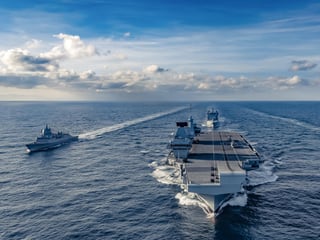Royal Navy sailor recounts carnage caused by killer Boxing Day tsunami
This article contains affiliate links. We may earn a small commission on items purchased through this article, but that does not affect our editorial judgement.
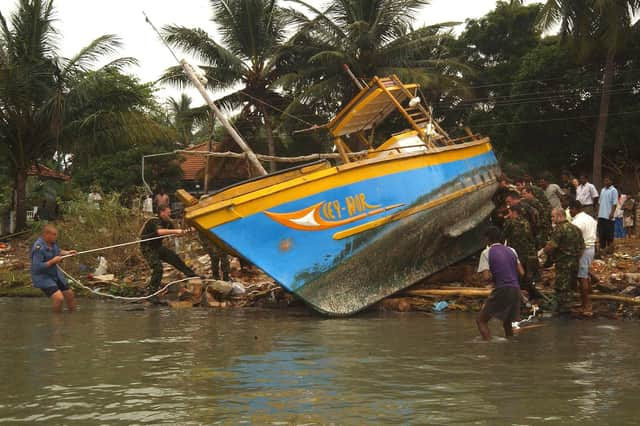

The Boxing Day tsunami of 2004 was the deadliest natural disaster of the 21st century, killing 230,000 people across 13 countries in the Indo-Asia-Pacific region.
A 9.1 magnitude quake off the coast of Indonesia’s Aceh province triggered a wave as high as 54ft, wiping some communities off the map in seconds.
Advertisement
Hide AdAdvertisement
Hide AdAnd among the areas hardest hit was the island state of Sri Lanka, with almost 40,000 people killed during the disaster.
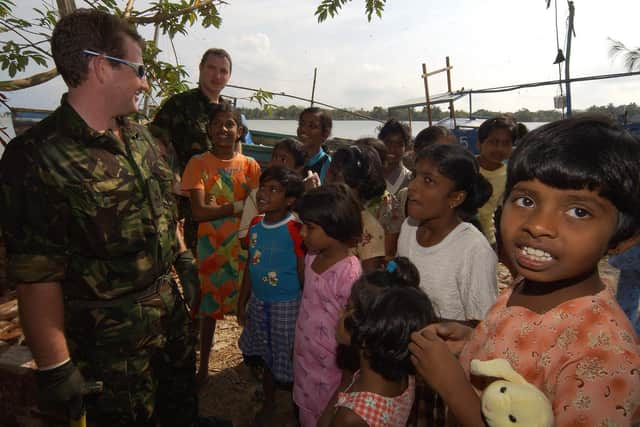

Teams from the Royal Navy and its support service the Royal Fleet Auxiliary were deployed as part of the UK relief effort to the region.
Among them included frigate HMS Chatham, which was dispatched from counter-terrorism work in the Gulf, and floating engineering workshop RFA Diligence, sailed from Kochi in India.
Chatham was the first to arrive on January 3, using her two Lynx helicopters first to assess damage, then to ferry personnel and aid to some of the most inaccessible areas, with Diligence arriving a couple of days later.
Advertisement
Hide AdAdvertisement
Hide Ad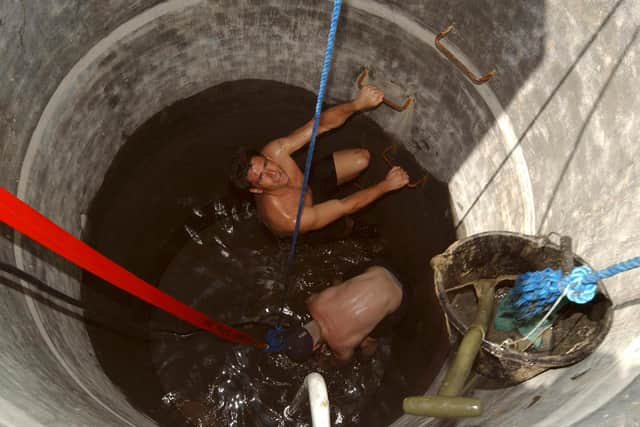

‘The levels of devastation seen were amazing,’ said Lieutenant Commander Peter Sellers, Chatham’s weapon engineer officer. ‘Whole villages had been flattened and many fishing boats washed ashore – one even lodged on the first floor balcony of a former hotel.’
Teams restored essential services such as power and water, got boats back in the water so fishermen could provide for their families, constructed makeshift shelters, cleared roads, built bridges, and provided medical support and also comfort to people still traumatised by the disaster.
The two ships spent a little over a fortnight working off the east coast of the island, with the bulk of the relief efforts focused on the city of Batticaloa.
The relief effort was featured heavily in the BBC1 documentary series Shipmates.
Advertisement
Hide AdAdvertisement
Hide Ad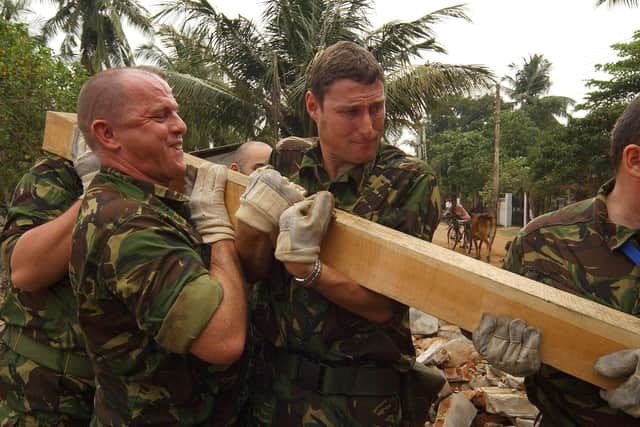

Survey ship HMS Scott was later deployed to the quake’s epicentre to map the underwater changes to the seabed.
Looking for the latest Royal Navy updates from Portsmouth? Join our new Royal Navy news Facebook group to keep up to date.
A message from the Editor, Mark Waldron
The News is more reliant than ever on you taking out a digital subscription to support our journalism.
You can subscribe here for unlimited access to Portsmouth news online - as well as our new Puzzles section.
Comment Guidelines
National World encourages reader discussion on our stories. User feedback, insights and back-and-forth exchanges add a rich layer of context to reporting. Please review our Community Guidelines before commenting.
